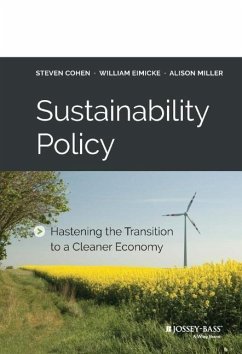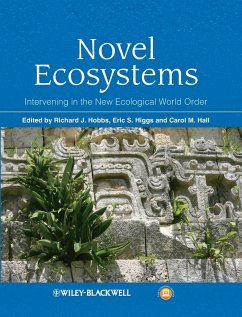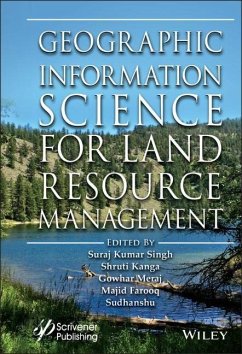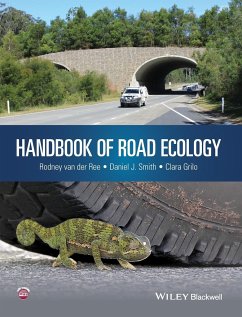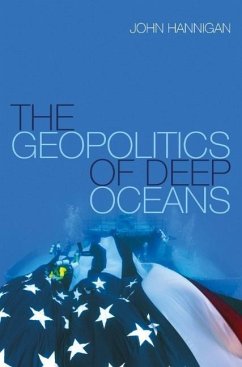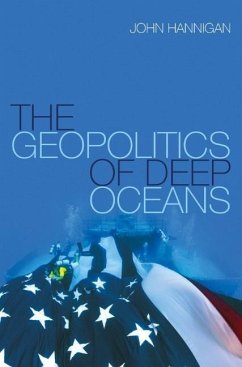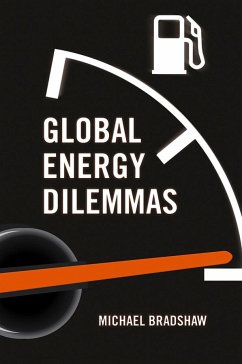
Environmental Scanning and Sustainable Development
Versandkostenfrei!
Versandfertig in über 4 Wochen
159,99 €
inkl. MwSt.
Weitere Ausgaben:

PAYBACK Punkte
80 °P sammeln!
This work is an initial exploration of the relationship betweenscanning and sustainable development. In ten chapters, the authorsexamine the application, characteristics and implementation ofscanning oriented toward sustainable development. Thus the workoffers some answers to the questions "what is sustainablescanning?", "what new issues does it raise formanagement practice and management science?", "whatforms can it take?" and "how...?"




